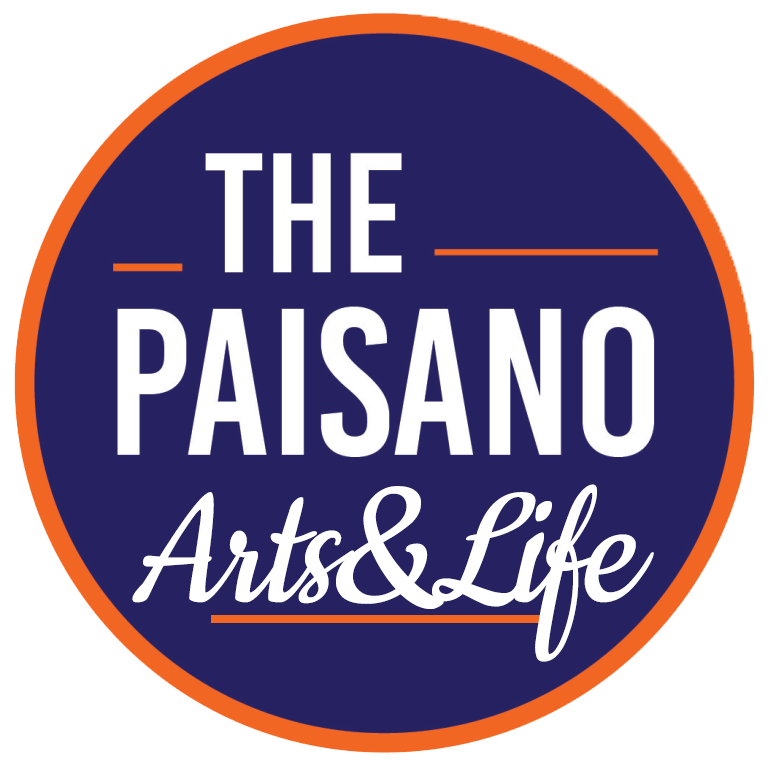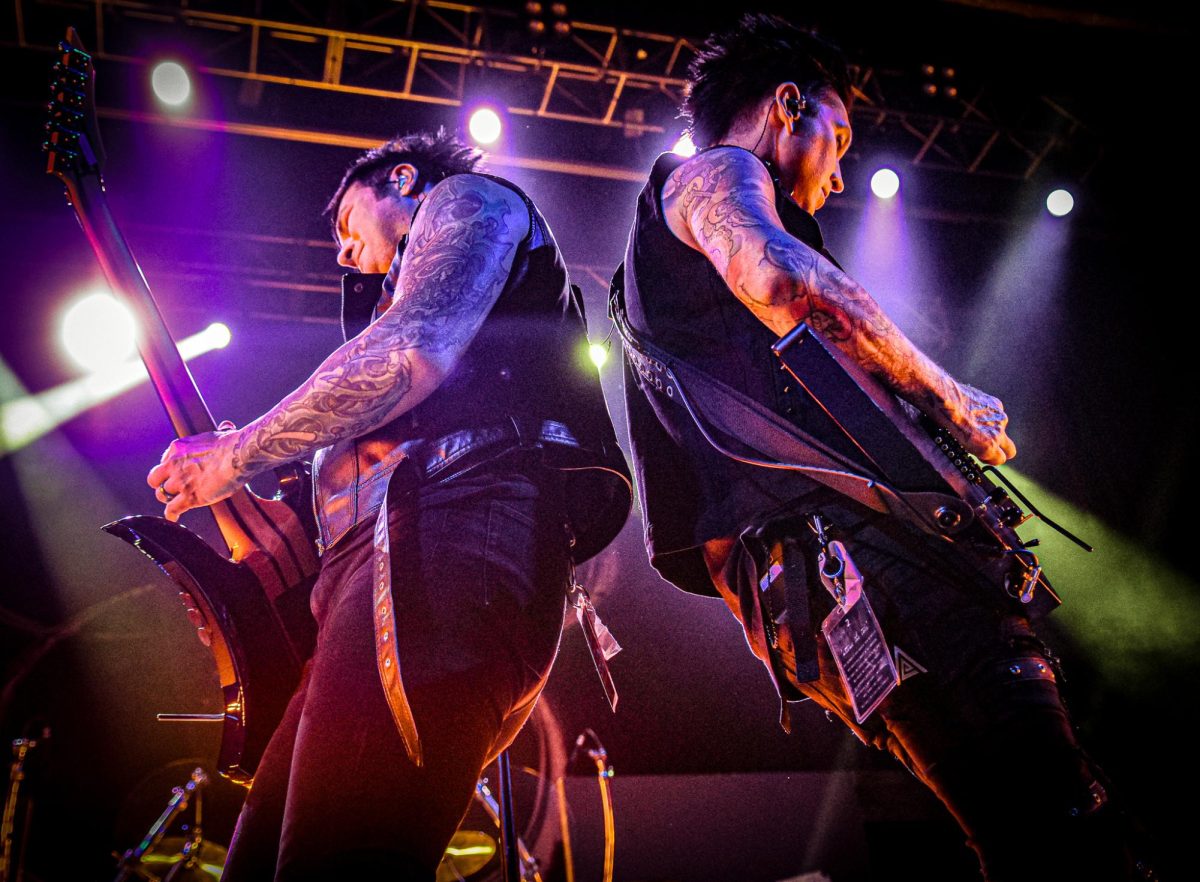Beginning in the Jazz Age, Vanity Fair set the groundwork for a publication that would reign over the world of entertainment for a century. Their latest venture in anthologies, “Women on Women,” is an example of the power of femininity, through the pen of a female writer. “Women on Women” is an indispensable addition to the modern-day feminist canon; it lacks feminist theory and criticism but meets somewhere between literature of the female gaze and new journalism.
Who better to evaluate women than women? With the patriarchy continuing to bite the backs of our heels, women often find peace in solidarity with one another, and only in the company of other women do we feel safe in sharing the waxing and waning of our feminine existence. Without this present solidarity, there would only be shells of women represented in these profiles. A full dimension of women is laid out plainly for the reader, including Michelle Obama, Frida Kahlo, Tina Turner, Lady Gaga and Princess Diana. In a section titled “In Their Own Words,” Monica Lewinsky writes of the #MeToo movement with ardent honesty, and Maya Kosoff writes about women’s never-ending fight against the gender pay gap.
Even with their 36-year span of journalistic coverage, Vanity Fair barely skims the passage to intersectionality. It lacks proper editorial authority on the inclusion of industry, race and sexual orientation. Because the intersectional function is missing, so is the audience, and at best, this is an exclusive attempt at inclusivity. This oversight places a stain on a potentially progressive collection of commentary on 20th- and 21st-century women.












